Tamron SP 35 mm f/1.4 Di USD
7. Coma, astigmatism and bokeh
| Center, f/1.4 | Corner APS-C, f/1.4 | Corner FF, f/1.4 |
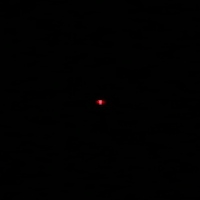
|
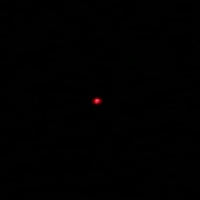
|
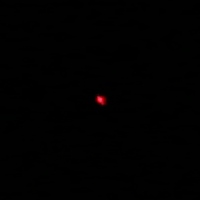
|
| Center, f/2.0 | Corner APS-C, f/2.0 | Corner FF, f/2.0 |
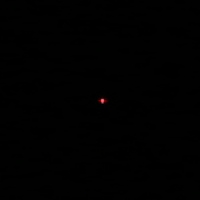
|
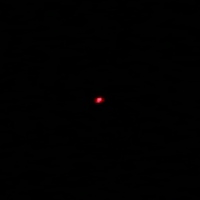
|
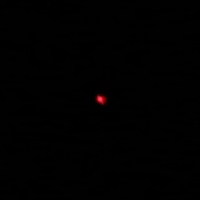
|
When it comes to astigmatism, understood as an average difference between horizontal and vertical MTF50 function values, we don't have any serious reservations. Its value, measured by us, amounted to 7.6% which we consider to be a moderate result. It is interesting, though, that the Canon 1.4/35L II got exactly the same value and the Sigma A 1.4/35 was better than both, the Canon and the tested lens, with a result of 4%. Once again the poor Nikkor 1.4/35G lags far behind all its rivals...
Please Support UsIf you enjoy our reviews and articles, and you want us to continue our work please, support our website by donating through PayPal. The funds are going to be used for paying our editorial team, renting servers, and equipping our testing studio; only that way we will be able to continue providing you interesting content for free. |
- - - - - - - - - - - - - - - - - - - - - - - - - - - - - - - - - - - - - - - - - - - - - - - -
For a wide angle lens the appearance of out-of-focus areas is very nice. The light spread in the circles is even, without any distinct local extreme points. When these circles are inspected in 1:1 scale you can notice a very delicate trace of onion-ring bokeh, most likely connected to aspherical elements in the lens's construction. The effect remains very slight and is really difficult to notice. You can also add that at the maximum relative aperture mechanical vignetting is very pronounced but, fortunately, it gets seriously limited already by f/2.0 and by f/2.8 it disappears completely.
| Center, f/1.4 | Corner APS-C, f/1.4 | Corner FF, f/1.4 |
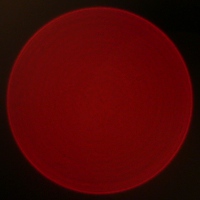
|
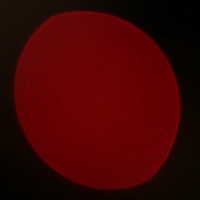
|
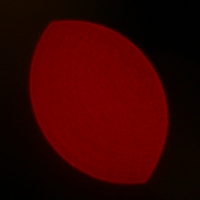
|
| Center, f/2.0 | Corner APS-C, f/2.0 | Corner FF, f/2.0 |
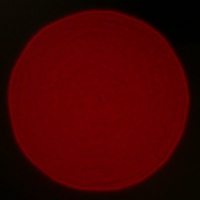
|
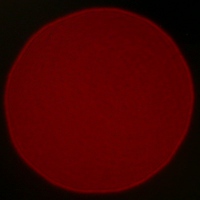
|
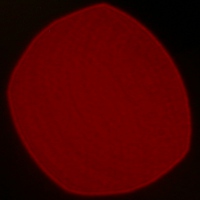
|
Center, f/2.8 | Corner APS-C, f/2.8 | Corner FF, f/2.8 |
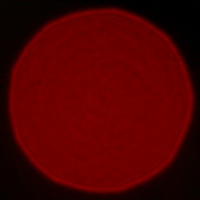
|
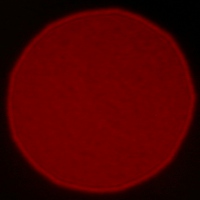
|
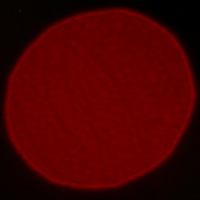
|






